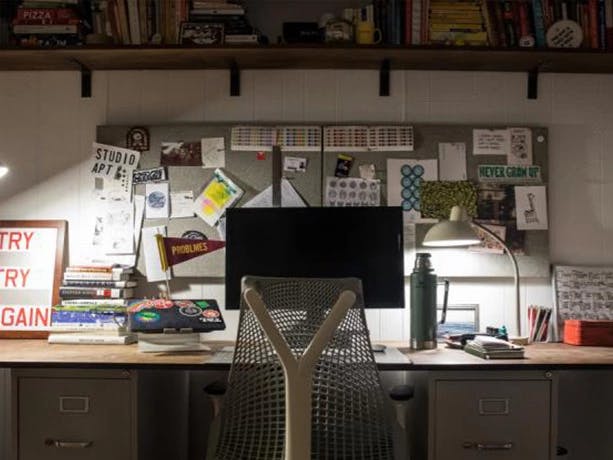
Studio Apt
Illustrator
Creative Director
Graphic Designer
Art Director

I'm a creative entrepreneur with a background in branding, design, and art. I’ve spent years helping businesses—especially in tech—craft unique brand identities and digital products, all while exploring my own artistic and writing pursuits.
I originally come from Bulgaria, lived in Germany for almost 10 years, and now I’m based in Austria. Though I call Vienna home, I feel strongly connected to both Berlin and Sofia, where I still have family.
My work allows me to balance my creative ambitions with the things that matter most—sharing my gifts, helping others on similar journeys, and embracing the experiences that life has to offer.
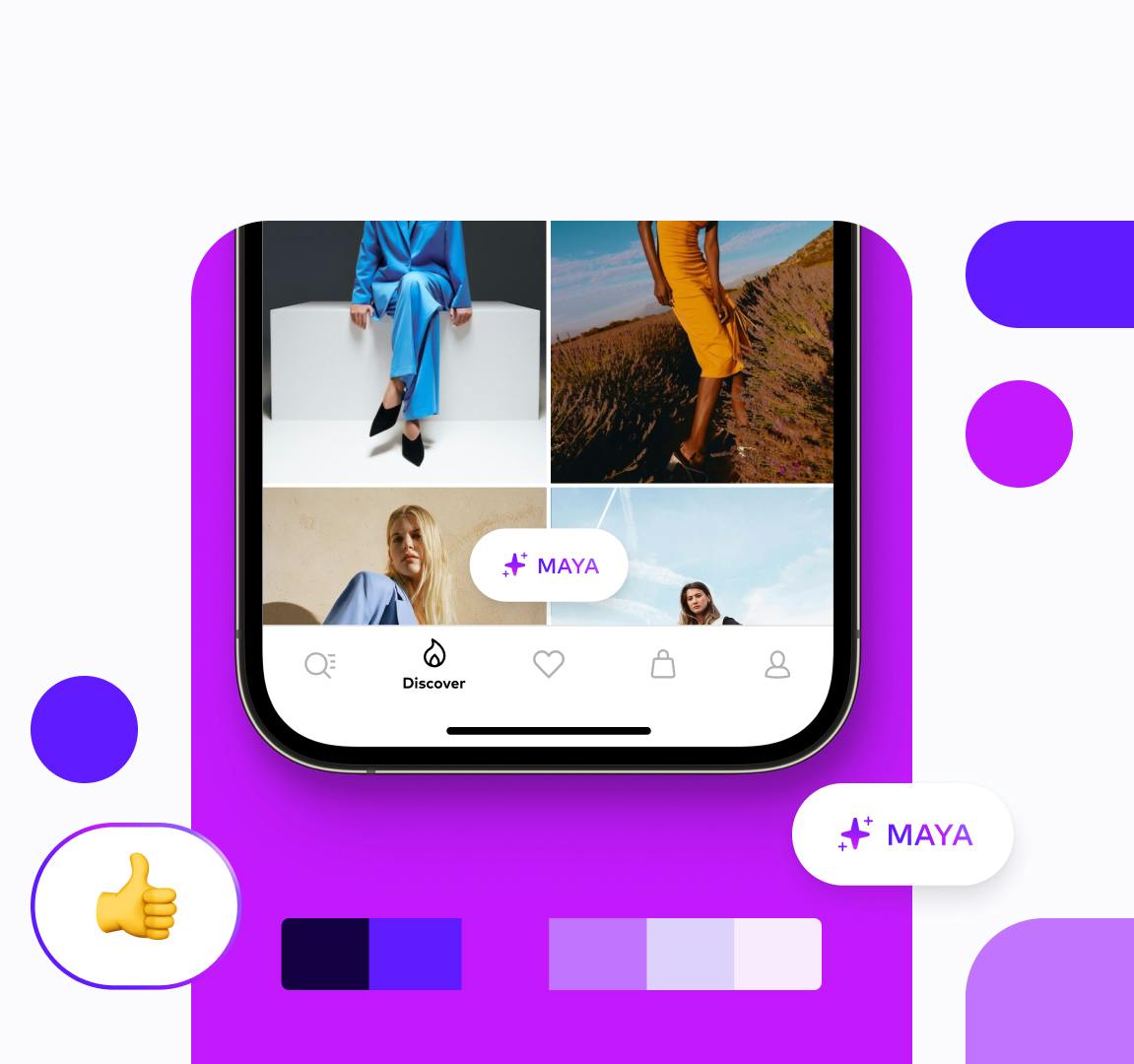

Working on multiple projects can be a very rewarding experience. It allows me to draw insights from different challenges and let my creative mind explore solutions across various fields.
My key to managing multiple projects successfully is a combination of communication, timeline management, and transparency. I keep track of timelines and deadlines while prioritizing accordingly, using structured planning tools to organize my workload and ensure each project gets the focus it deserves.
Clear and open communication, with both with clients and collaborators, is also essential. Regular check-ins, setting clear expectations, and aligning on priorities help keep everything on track.
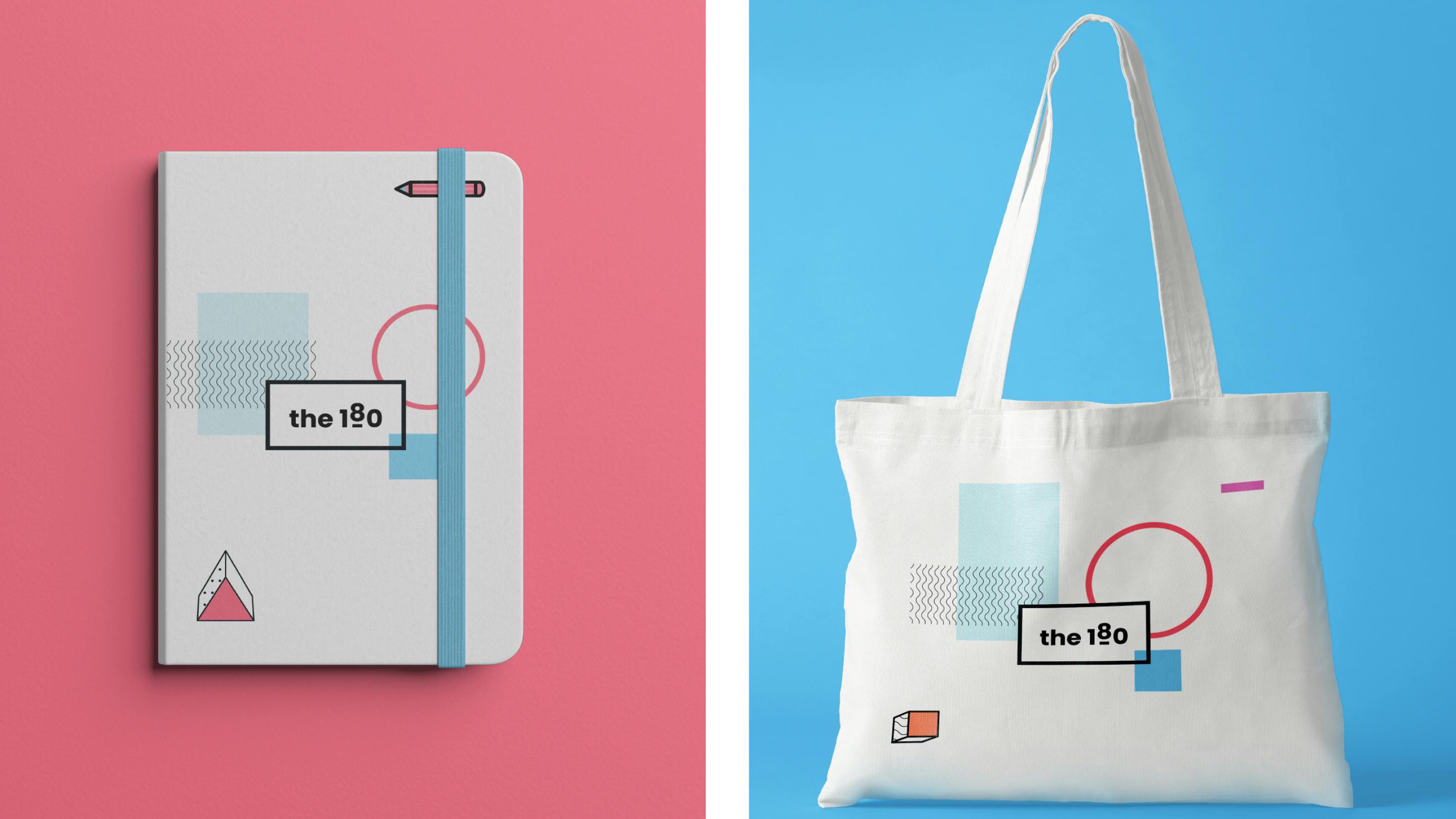
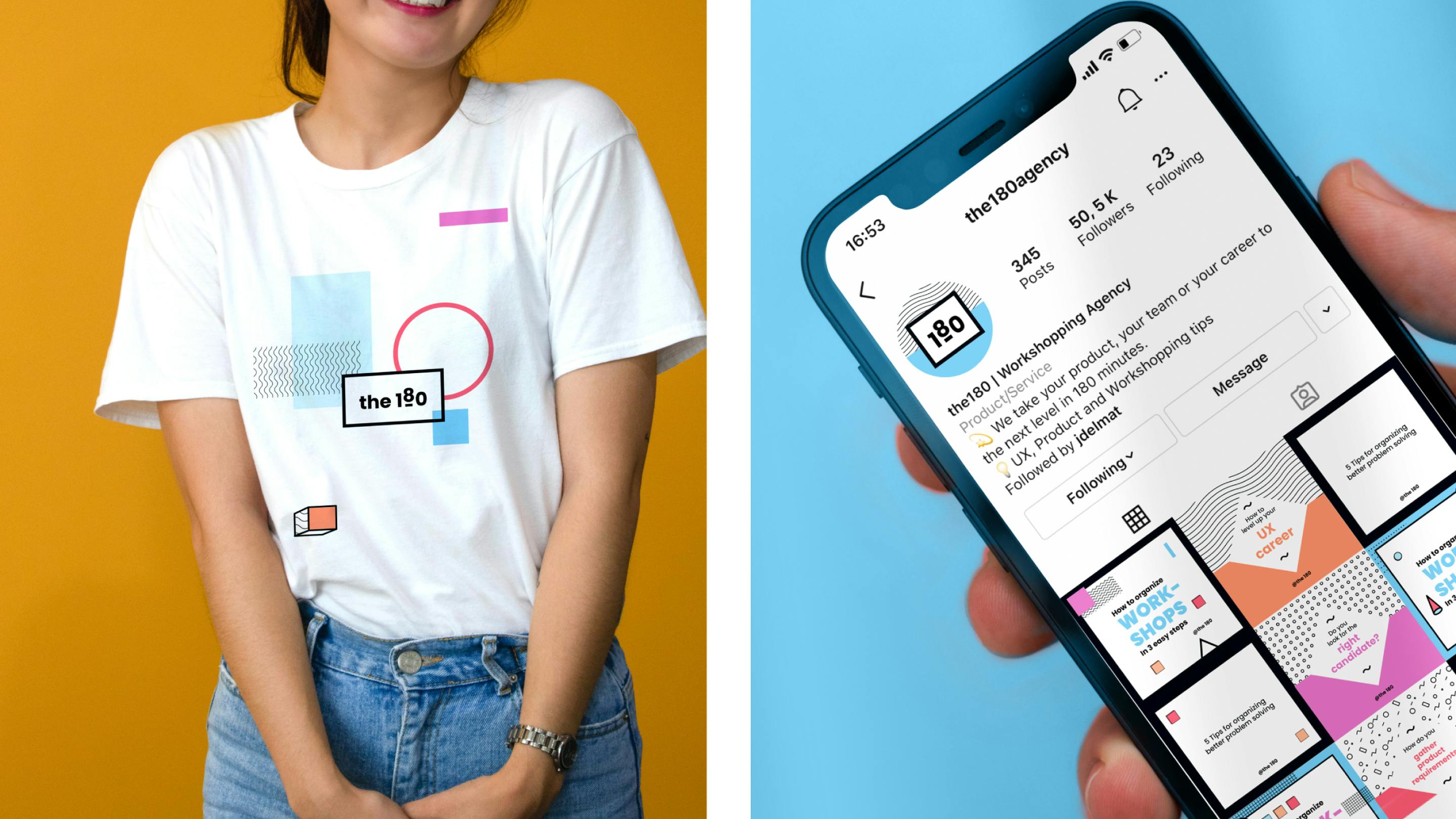
I would say it depends on the project, but after years of experience, I primarily follow a simple human-centered design approach: Discover, Define, Design, Deliver.
The process isn’t always linear. Sometimes adjustments are needed, and certain steps may not be necessary. However, the most important aspect for me is clearly defining the project objectives, challenges, and conducting thorough research before jumping into any design work. This foundation ensures that the final outcome is not only visually appealing but also strategic and impactful.
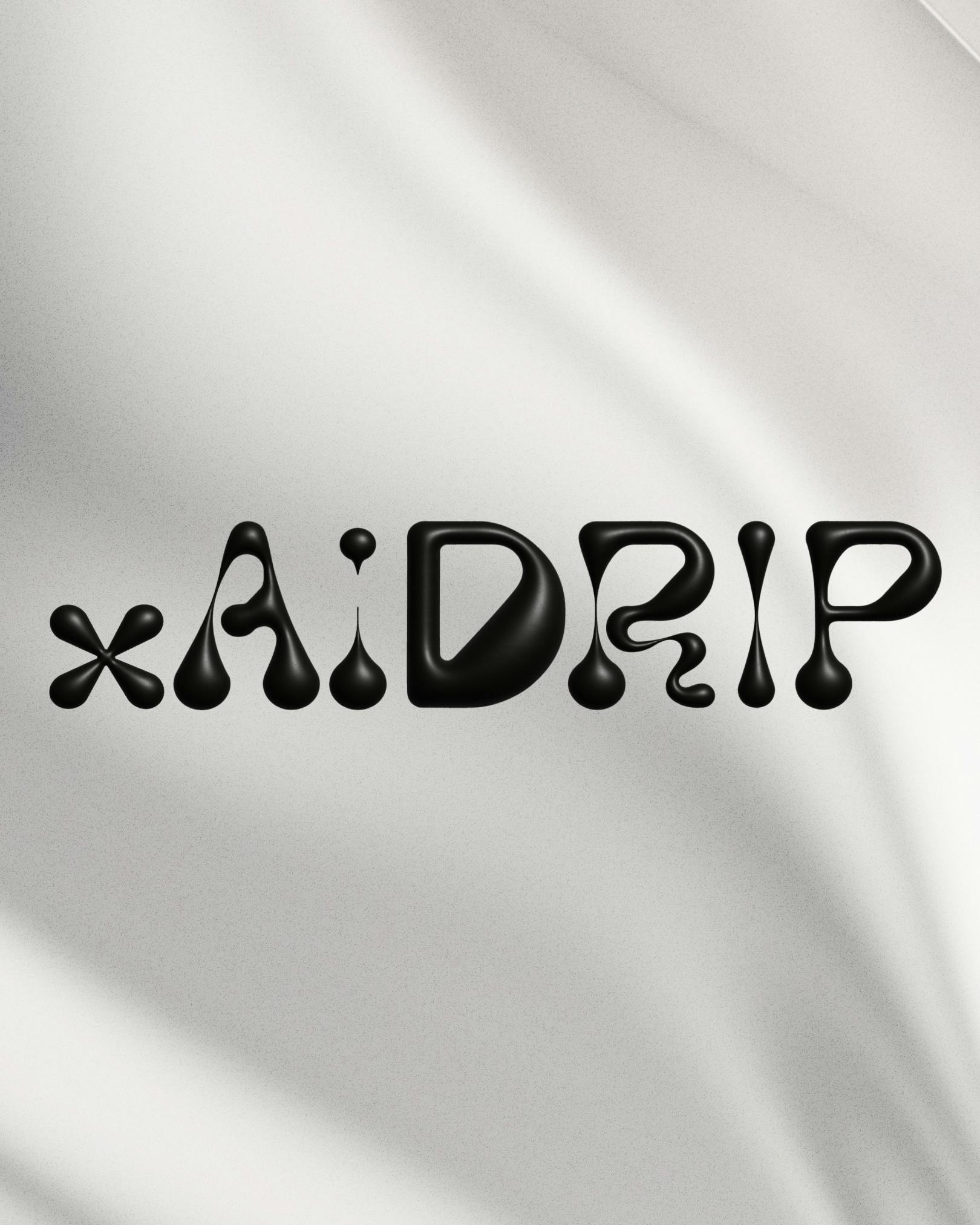
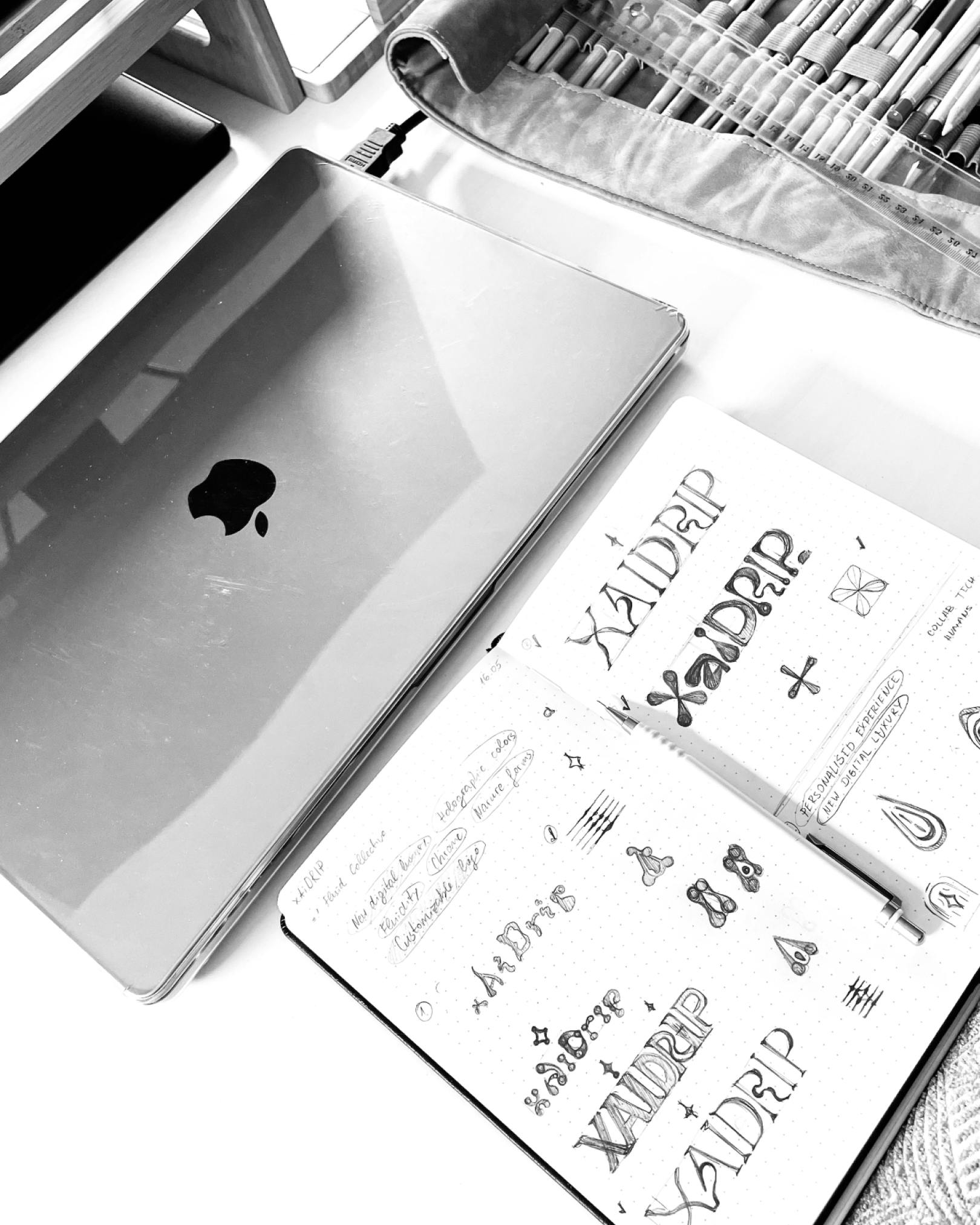
My first project was actually very early in my career—during my first summer internship when I was just 15. I worked at an agency run by friends of my mom, where I helped design a magazine layout along with some marketing and branding materials.
Later, during my internship at an advertising agency, my first corporate clients were Carrefour and Société Générale. I landed both opportunities through my network, which showcases the importance of connections in the creative industry.
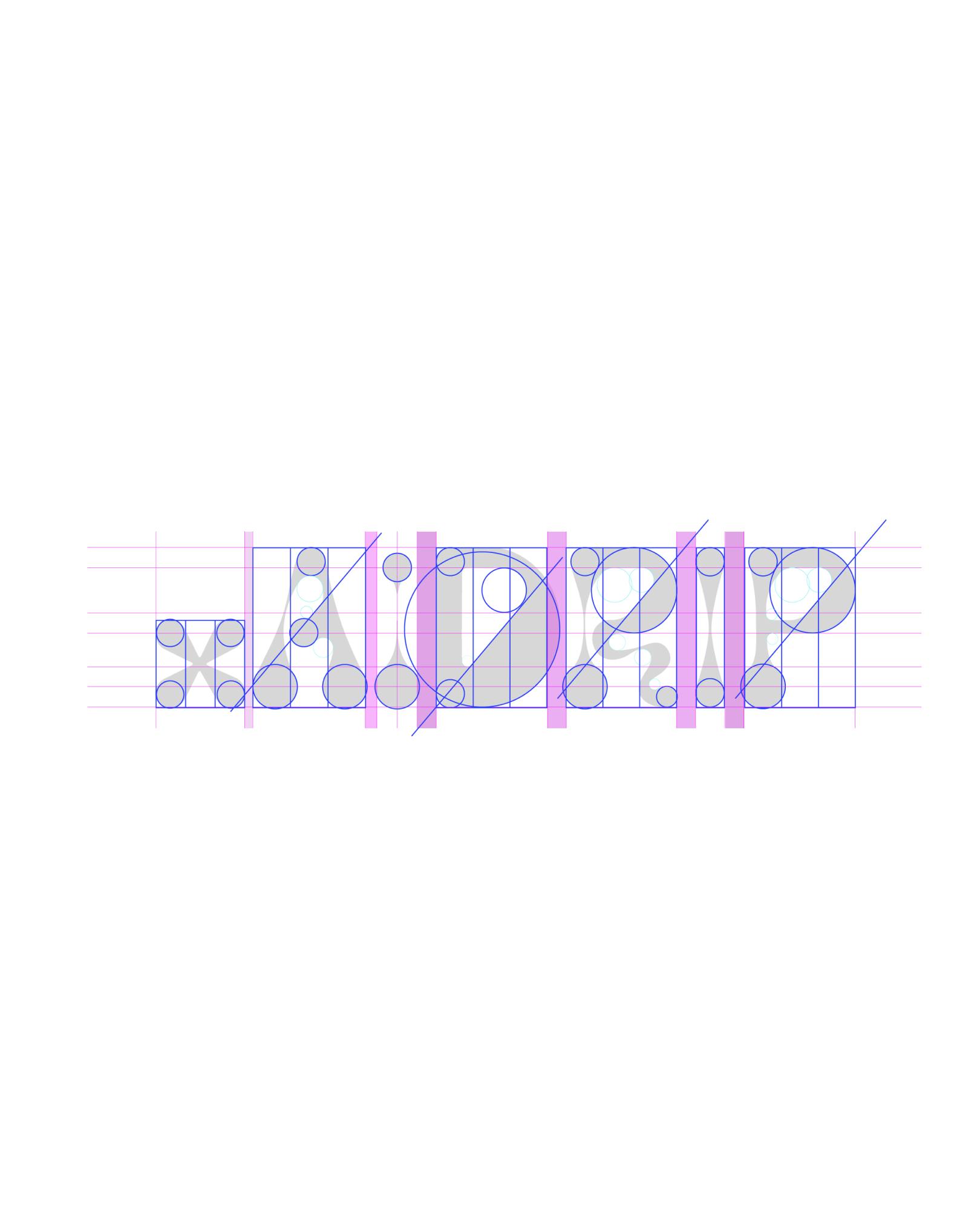

Aww, I’m a big fan of dogs and anything fluffy! My favorite animal to watch is the red panda. I find its playful yet lazy nature really fascinating. 😄
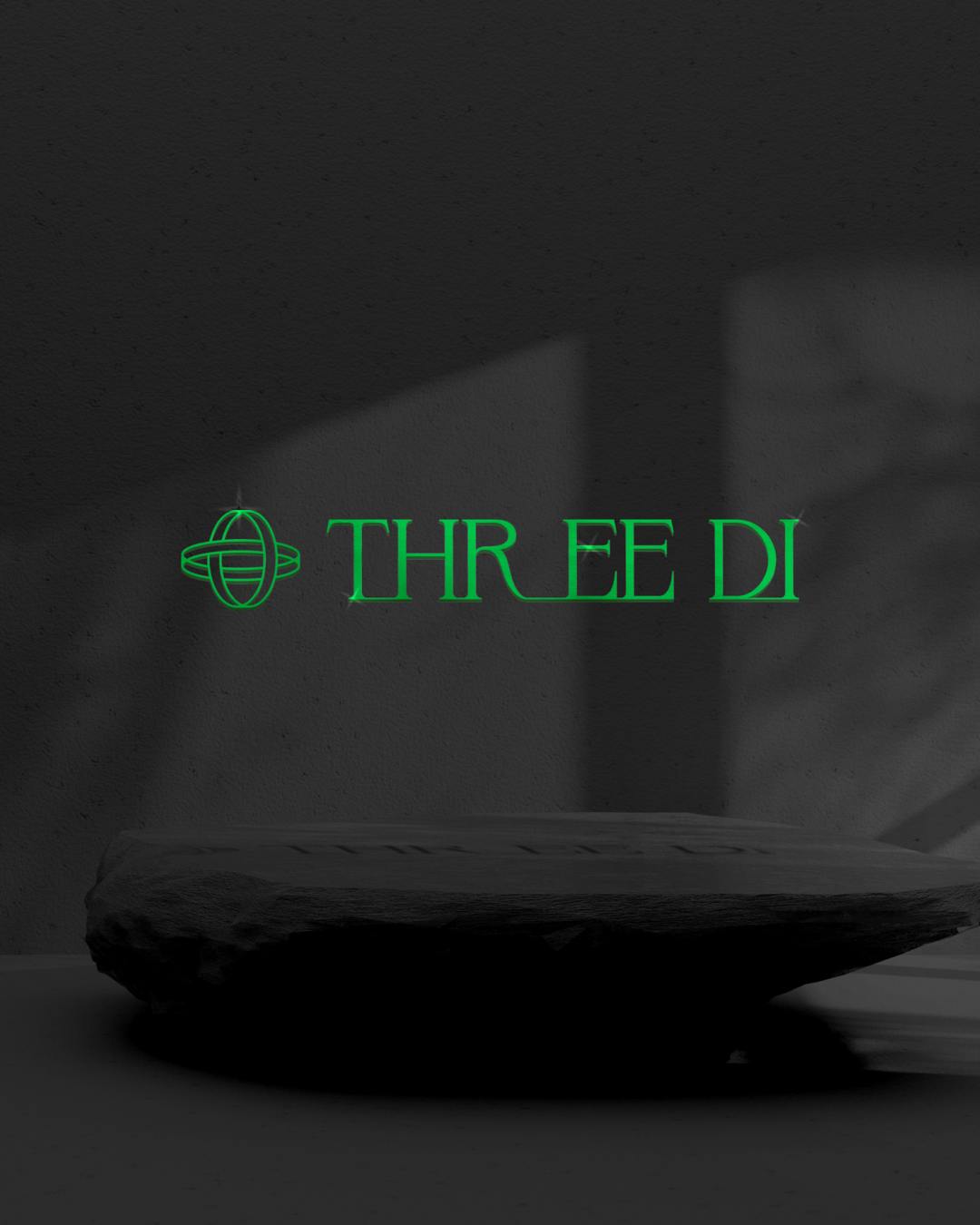


For me, this is a key point of my work! It’s nearly impossible to design an effective solution without first understanding who we’re designing for.
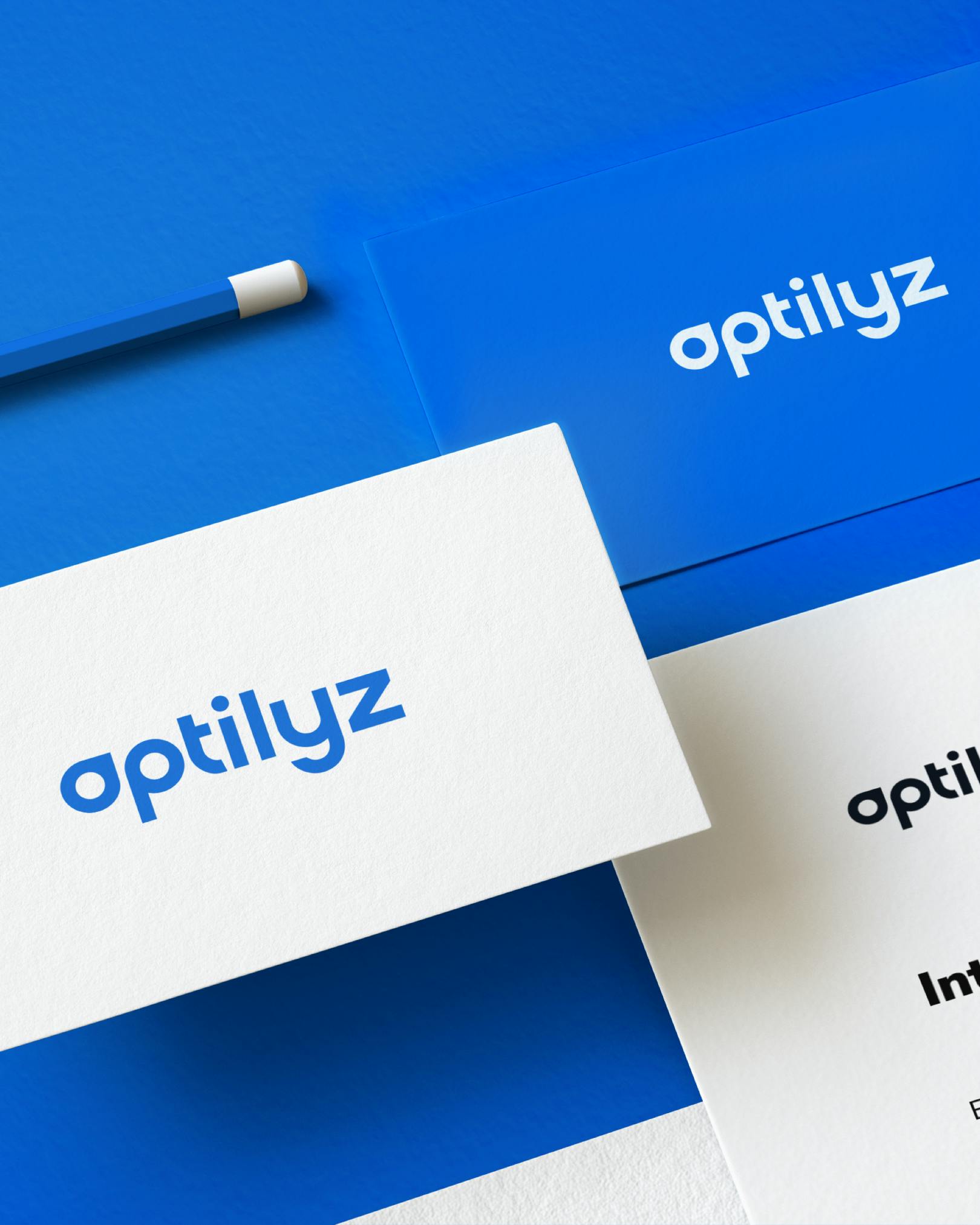
As a young child, I was always fascinated by painting and crafts. They allowed me to express myself and create a reality I truly enjoyed. Later, I attended an art high school where I studied graphic design, and I was captivated by the endless possibilities of working with a computer and exploring artistic creation through it.
I went on to study painting at university, and even today, painting remains a way for me to stay connected to physical artwork. From an early age, I knew I wanted to work as a designer, and I was fortunate enough to land my first internship, which provided me with valuable connections and hands-on experience. This experience laid the foundation for starting my own creative practice.
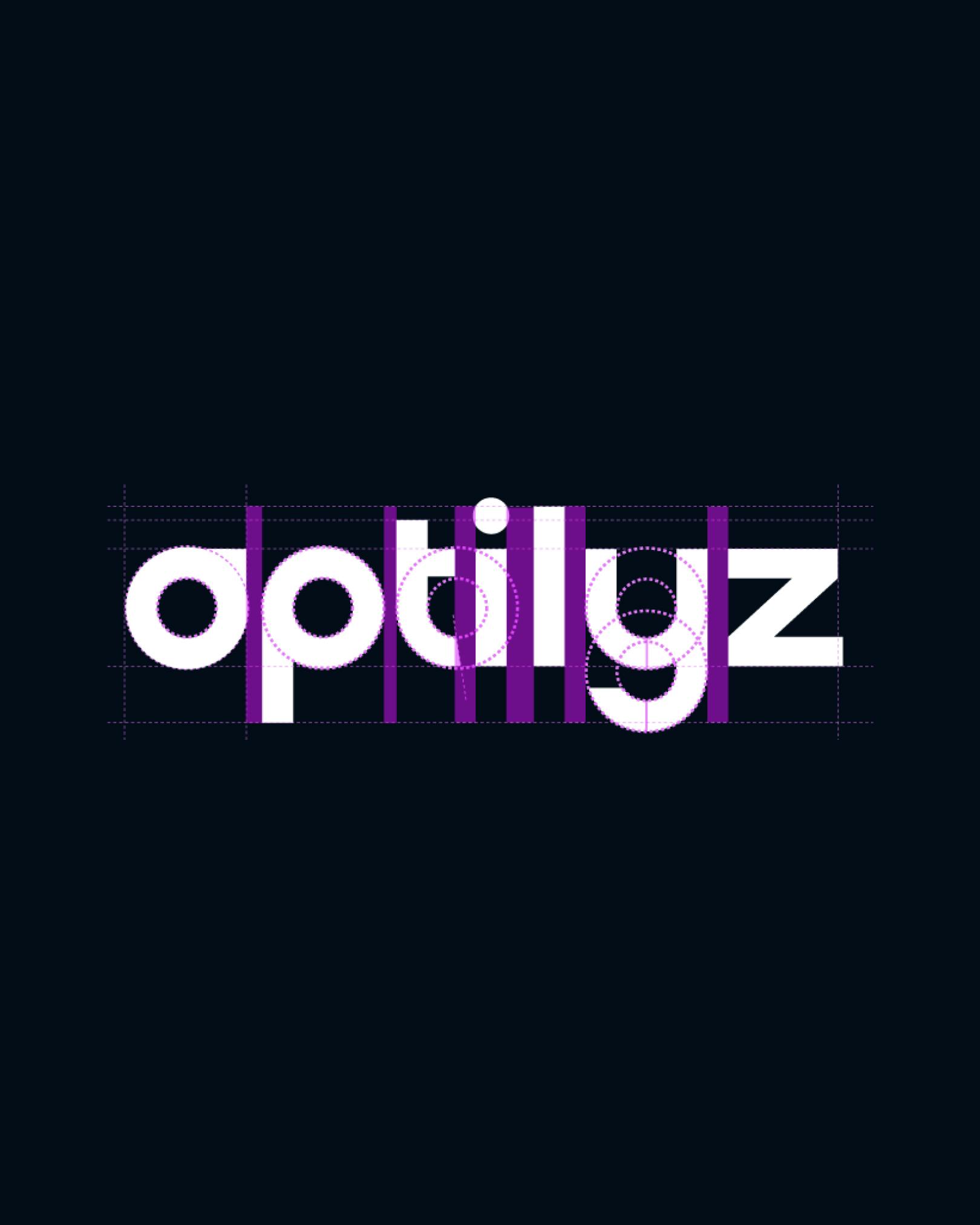
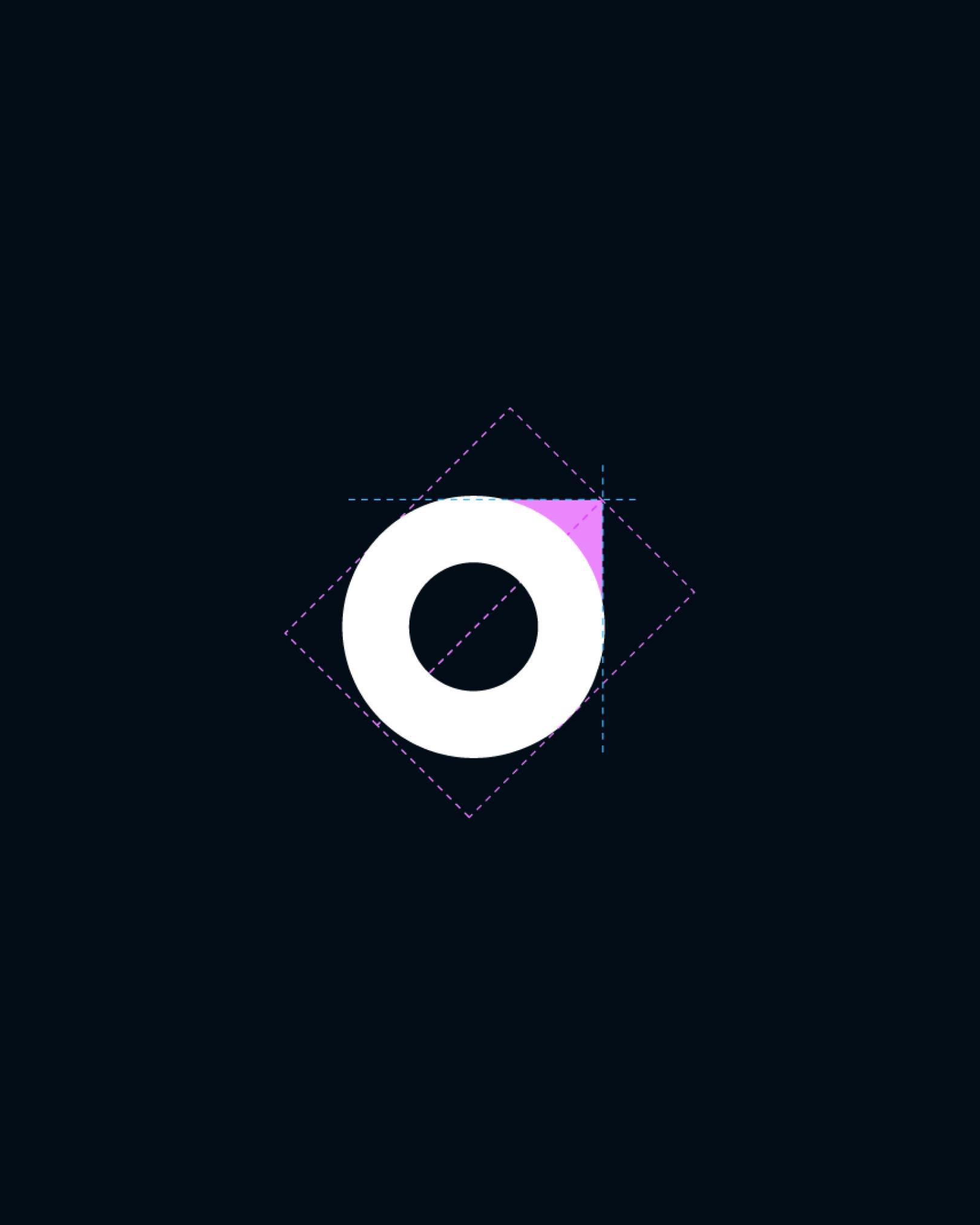

A major shift in my process came after I studied and applied the human-centered design process and design thinking. I fell in love with the clarity of the methodology and the strategic side of creativity. I firmly believe that having a clear process actually enables creatives to be more innovative, rather than stifling their creativity.
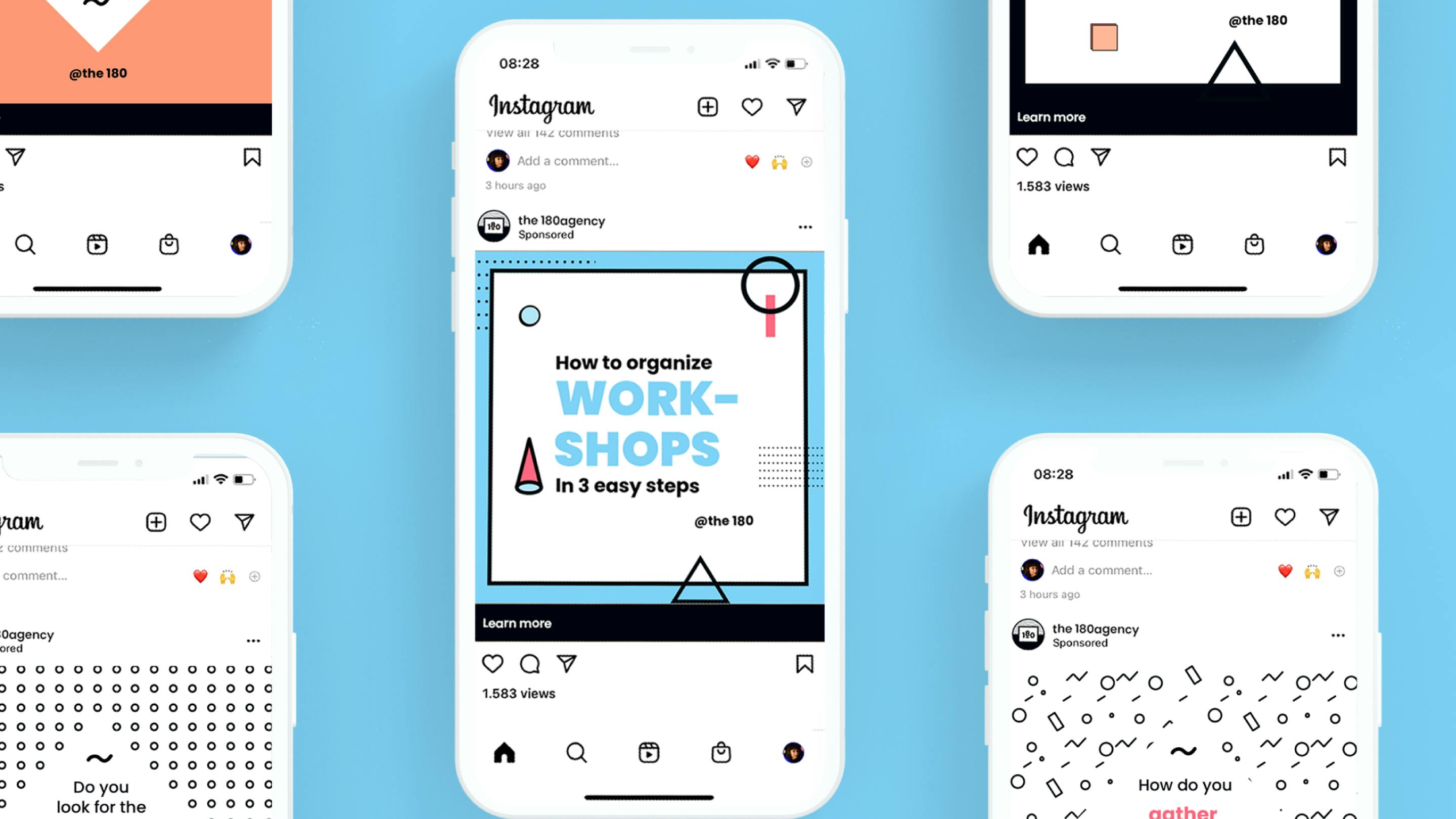
I’m a firm believer in balancing timeless solutions with a forward-thinking approach. There are certain elements of design, like logos, typefaces, and colors, that need to be carefully planned, as they serve as long-term assets for a brand. However, I also believe that as time passes, brand identities—especially digital ones—should evolve and be maintained to stay aligned with current objectives.
To ensure flexibility, I create systems that allow for growth and adaptation. This means designing with scalability in mind, ensuring that the visual language can be extended or refined as the brand evolves. It’s about setting a solid foundation while leaving room for updates and adjustments as the brand's needs change.
I truly enjoy collaborating with other designers, strategists, copywriters, engineers, project managers, and founders. For me, some of the most creative solutions emerge from the combined efforts of different disciplines. Each team member brings a unique perspective that enriches the process and ensures a well-rounded approach. I’ve worked with both small and large teams in the past, but what has always been most important is communication and transparency. These elements are key to maintaining alignment and driving successful outcomes.















